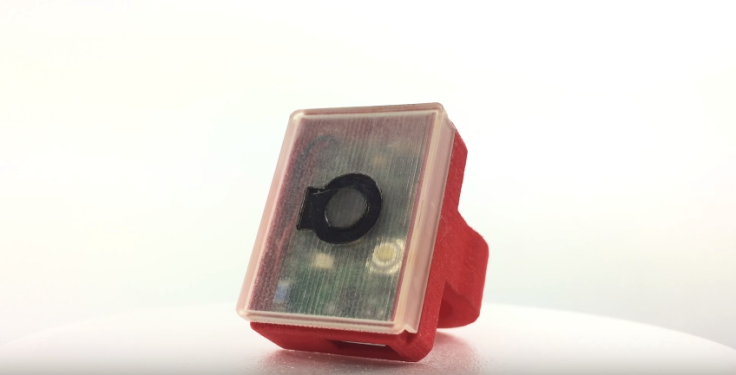OneRing Wearable Device Tracks Parkinson's Disease Patient Movement, Helping Doctors Prescribe Meds More Accurately

When he was 10 years old, Utkarsh Tandon saw a video of former world heavyweight champ Muhammad Ali lighting the Olympic torch, his hands shaking from Parkinson’s disease. The memory stuck with Tandon to his first year of high school, when, for a science fair, he developed a computer algorithm capable of gathering and organizing information on Parkinson’s patients. The UCLA Brain Research Institute awarded him a grant for this, and a year later, he used the program to create a device called OneRing.
Named after the only piece of jewelry that mattered in the Lord of the Rings trilogy, OneRing is a wearable device for Parkinson’s patients that translates their symptoms into data their doctors can use. The 3D-printed ring looks as if it’s had a USB stick attached to it, and while this may be a bit bulky, it’s something Tandon said he’s working on.
Inside, the ring contains a Bluetooth microchip similar to those found in fitness trackers like the Fitbit. When paired with an updated version of his algorithm, the two work to sense and record various symptoms of Parkinson’s disease, including involuntary, uncontrollable movement ( dyskinesia); a reduction of spontaneous movement, which causes someone to look stiff ( bradykinesia); and resting tremor.
The information the ring records is then sent to a companion app, which arranges the time-stamped data into a daily report doctors can use to better prescribe medicine. Because there are a variety of drugs meant to treat specific symptoms, people with Parkinson’s “must be individually evaluated to determine which drug or combination of drugs is best for them,” according to the Parkinson’s Disease Foundation.
One Ring’s Kickstarter campaign has already raised more than double its funding goal. If the plan moves forward, Tandon hopes to have the ring on backers’ fingers and local clinics by March and April, respectively. Soon, this relatively low-cost tracking device may help the nearly 10 million people living with Parkinson’s worldwide.



























